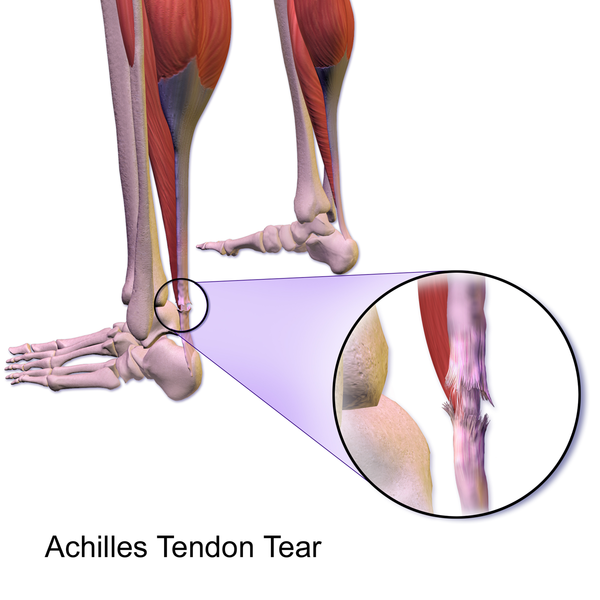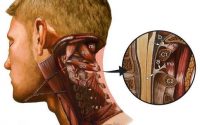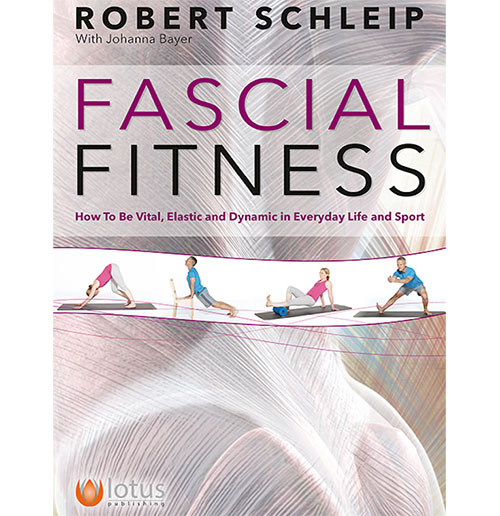Clinical risk factors for Achilles tendinopathy
The Achilles tendon is the largest and strongest tendon in the human body, however it is also prone to injury. Achilles tendinopathy (AT) is characterised Achilles tendon pain, swelling and an impaired load-bearing capacity. AT is commonly seen in elite running athletes. However, it is also found that one-third of people with AT have sedentary lifestyle. Thus, there is a broad spectrum of potential risk factors for AT.
Thus a new review by scientists from Netherland seek to evaluate the association between potential clinical risk factors and AT. The review included 10 cohort studies, all with a high risk of bias. While there is limited evidence, the authors identified nine risk factors:
- prior lower limb tendinopathy or fracture,
- use of ofloxacin (quinolone) antibiotics,
- an increased time between heart transplantation and initiation of quinolone treatment for infectious disease,
- moderate alcohol use,
- training during cold weather,
- decreased isokinetic plantar flexor strength,
- abnormal gait pattern with decreased forward progression of propulsion,
- more lateral foot roll-over at the forefoot flat phase and
- creatinine clearance of <60 mL/min in heart transplant patients.
There are other assumed risk factors that were not found to be associated with AT, including being overweight, static foot posture and physical activity level.
The authors suggested that clinicians may consider ofloxacin use, alcohol consumption and a reduced plantar flexor strength as modifiable risk factors when treating patients with Achilles tendinopathy.


